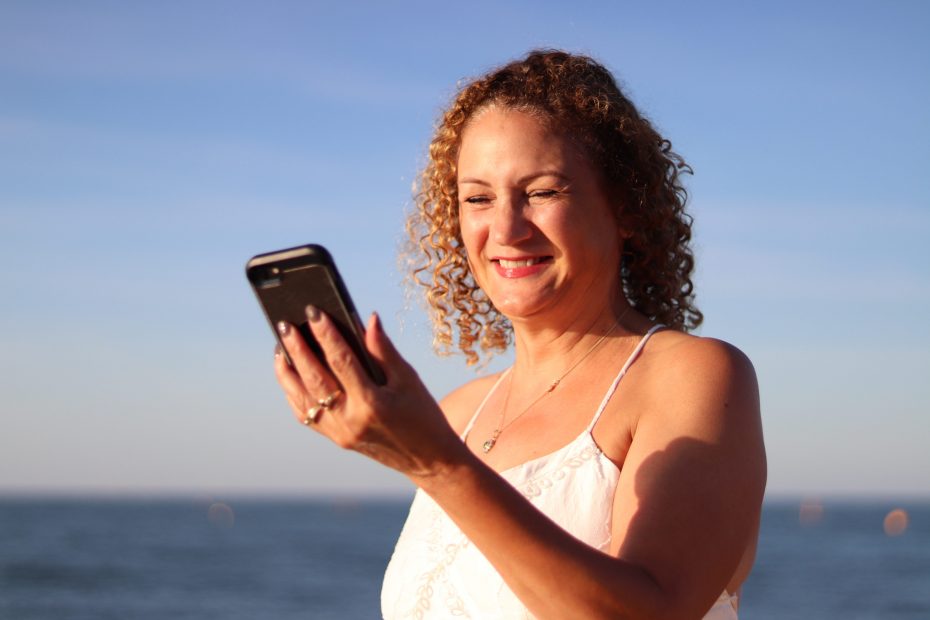In a recent article published by the national Telegraph newspaper our lead audiologist, Adam Chell, was interviewed for his expert opinion on hearing aids.
In the article, Adam was quoted several times on various topics around hearing care. We have asked Adam to expand further on these topics in today’s post. He has this to say:
Getting used to new hearing aids
The ability to adjust to hearing aids varies significantly from person to person. Some people require very little intervention and take to them well whereas others need an acclimatisation period as their brain adjusts to the new sounds.
Often people find hearing their own voice quite strange. It can often echo back or feel a little tinny or hollow. This is quite a normal process and the brain soon recalibrates to the new way of hearing.
During the acclimatisation process there is a constant battle between ‘audibility’ which is what we want to hear, and ‘comfort’ which is what our brain finds natural. In the beginning, comfort dominates, and we often have to ease in to amplification slowly. Over time we can push the boundaries of comfort to achieve more audibility. This is when we really notice the improvements in hearing ability with the use of hearing aids. To get to this sweet spot can sometimes take months which is why we often say there is a 3 month period of acclimatisation.
To help you get used to the hearing aids you can implement a wearing schedule. Perhaps in the first week only wear them 3-4 hours per day and indoors only. Then the following week you can try 4-6 hours per day and experiment with wearing them in the garden or whilst out for a gentle stroll. On the third week wear them for 6-10 hours per day and be braver with the situations you wear them in. Try going to a café with a friend or wearing in a group situation. By the fourth week you should try and wear them all day. Put them in first thing in the morning and take them out last thing at night. You should be able to wear them in all situations by this point.
The time scales of this wearing schedule are flexible but the wearer should work with their audiologist to determine a suitable plan based on their experience of hearing aids and their initial reaction to the amplification.
Taking care of your hearing aids
Considering hearing aids are worn all day and exposed to all of the elements along with our bodily secretions such as earwax, they generally hold up well by themselves. You should wipe it down daily with a dry/slightly damp tissue to get rid of any debris. Your hearing aids often come with a cleaning brush, or if not, get a soft bristled toothbrush to brush away particularly stubborn wax/debris build up.
If your hearing aid has the flexible silicone tips you can take them off the end of the hearing aid. Then, get some hand sanitiser (with at least 70% alcohol) on some kitchen roll and really rub it together to create a makeshift alcohol wipe. You can then roll the silicone eartip around in the tissue between your fingers and it squeezes out all the wax and debris. It dries quickly and has the added benefit of antimicrobial properties. It isn’t necessarily recommended by the hearing aid manufacturers but I’ve yet to see a silicone ear tip be damaged by alcohol wipes and if it starts to degrade, you simply replace the eartip. But don’t use alcohol wipes on the hearing aid itself as it may have a negative impact on the paintwork/lacquer.
Over the counter hearing aids
Over the counter hearing aids are an evolving area and I find it really interesting. Hearing aids are at the point where they are almost self-programmable. There are already devices that, when paired with your phone, can test your hearing accurately. You can then adjust the output and settings to find a profile that suits you. There are already AI assistants built within apps to adjust and optimise the settings as you wear them. It’s just incredible. This is why so many audiologists fear the technology. They feel it devalues their expertise.
But currently in the UK, hearing aids can only be prescribed by a HCPC registered dispenser or audiologist. The over-the-counter devices are still quite basic compared to prescription hearing aids and often can’t be worn all day with comfort. This won’t be the case for long though and it will dramatically change the landscape of hearing care.
But our expertise as audiologists lies in our experience with people and our ability to coach and rehabilitate our clients to better hearing. I have been practicing as an audiologist for nearly two decades and yet I find every day a challenge because every person’s hearing profile is entirely unique.
There is also the issue of dexterity. You would be surprised at how many people struggle just to put a hearing aid in the ear correctly. It takes a lot of practicing and coaching to get used to the handling and the controls of such a small device.
And what happens when the hearing aids go wrong? Quite often it would need some form of intervention by a professional because it may be a wax build up, infection, or perhaps the hearing thresholds have changed and the devices need recalibrating.
Read in full
You can read the telegraph article in full if you are a subscriber by clicking the button below:
See other telegraph interviews featuring our lead audiologist
- In 2020, Adam was interviewed to give his expert opinion on earwax and earwax removal.
- In 2019, Adam was interviewed to discuss hearing loss and tinnitus.

